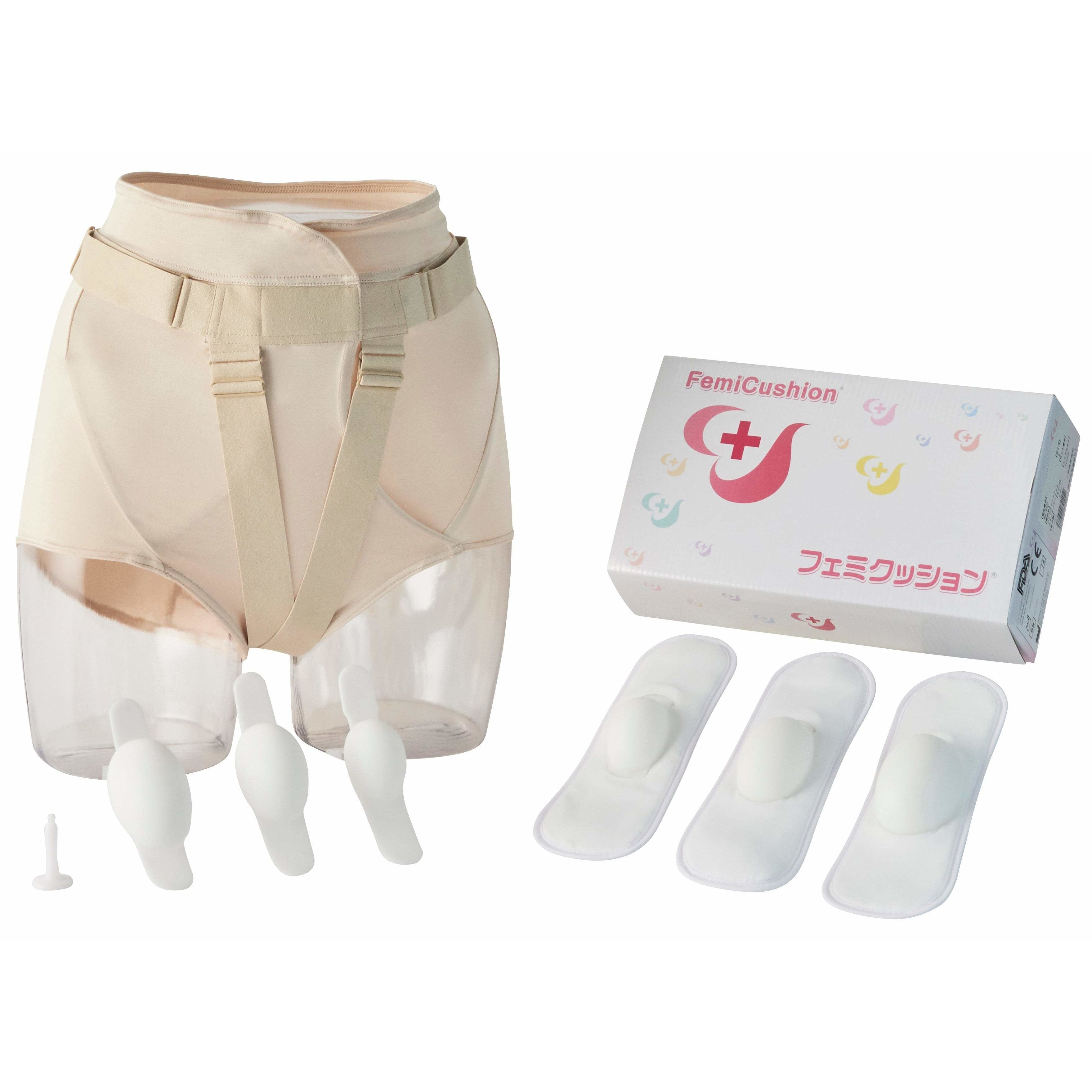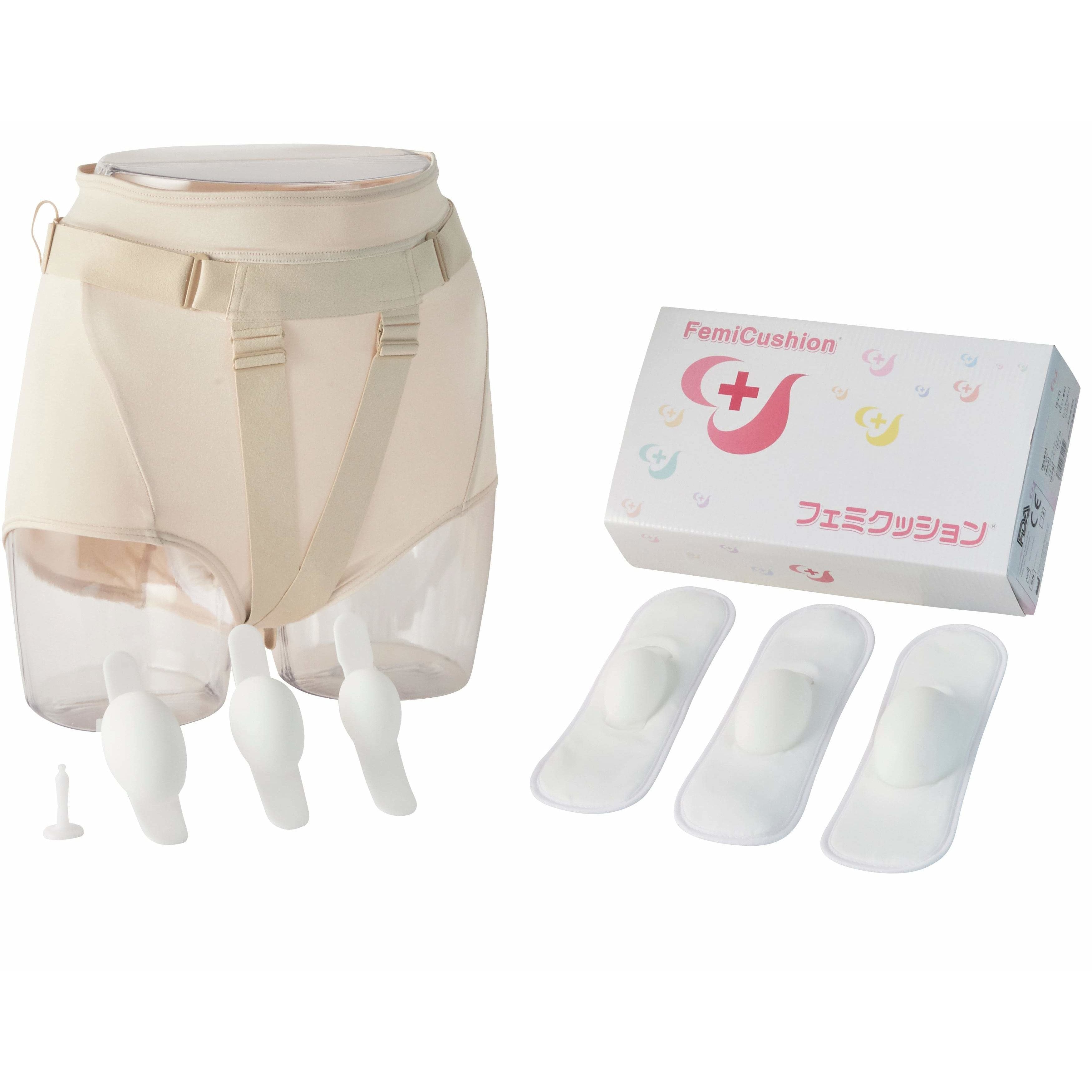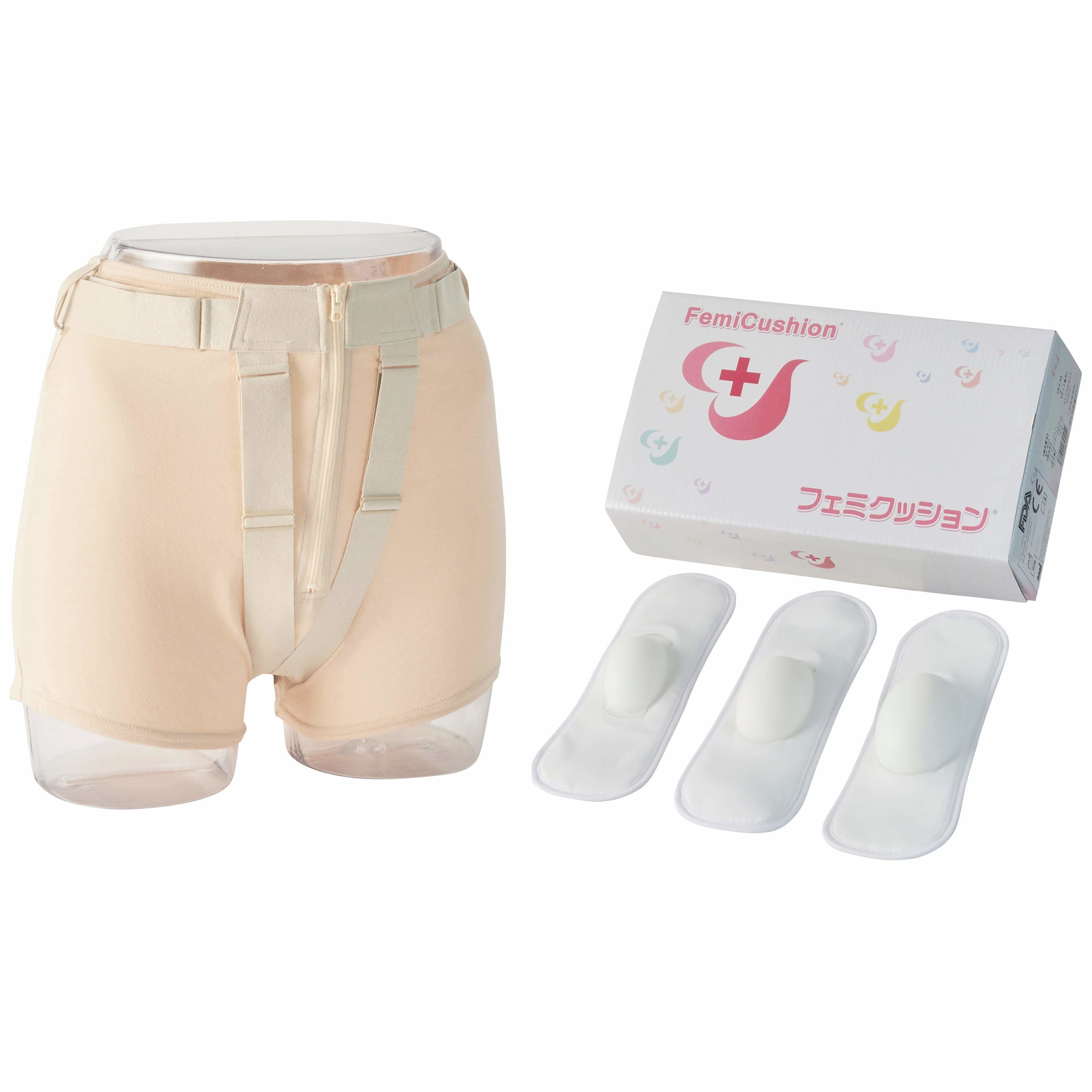Bladder Belts for Urinary Incontinence: What You Need to Know, Do They Work?
Summary
Table of Contents

Bladder belts, also known as pelvic support belts, are specialized urinary incontinence products designed to support and stabilize the bladder and other pelvic floor structures. These belts are typically made of adjustable and elastic materials that can be worn around the lower abdomen and pelvis.
Bladder belts are commonly used in cases of cystocele, a condition where the bladder descends from its original position and protrudes into the vagina due to weakened pelvic floor muscles. They are also used to manage urinary incontinence, a condition characterized by the involuntary leakage of urine due to a weak bladder, weakened pelvic floor muscles, urinary tract infection, etc. The belts help prevent urine leakage by applying gentle compression and supporting the bladder, thus reducing incidences of incontinence. In this article, we will explore everything you need to know about bladder belts and their role in treating urinary incontinence.
Types of Bladder Belts
Bladder belts are made with different materials and are available in different styles, such as:
- Elastic waistband belts: These belts have an elastic waistband that wraps around the lower abdomen and pelvis, providing adjustable support. The elastic material allows for flexibility and ease of movement while ensuring stability.
- Non-elastic belts: These belts are made of non-stretchable materials like neoprene but can be adjusted to fit around the waist and pelvis using buckles, fasteners, velcro straps, and hook and loop closures.
- Compression belts: Compression bladder belts provide a snug fit and apply gentle pressure to support the bladder and pelvic organs. These belts often have adjustable straps or fasteners so you can adjust the best according to your need.
Choosing the Right Bladder Belt
When choosing a bladder belt, you need to consider factors such as proper fit and size, material and breathability, ease of use and maintenance, and cost.
Factors to consider when choosing a bladder belt
1. Fit and size
You need to look for a bladder belt that offers proper fit and adjustable sizing options so that it effectively supports the bladder and provides comfort. It should not give the feeling of “bulging” and could be discreetly worn under clothes.
2. Material and breathability
You should choose a bladder belt made of breathable materials that allow air circulation to prevent discomfort and excessive moisture buildup.
3. Ease of use and maintenance
We recommend looking for a bladder belt that is easy to put on and take off, as well as simple to clean.
4. Cost and affordability
The cost of a bladder belt can depend upon its features. While buying a belt, you should ensure the quality of the device reflects the cost of the product.
Benefits of Bladder Belts:
- Control of Urinary Incontinence: Bladder belts support the bladder and pelvic area, which helps relieve discomfort and symptoms associated with urinary incontinence.
- Improved Quality of Life: Bladder belts prevent you from ending up in embarrassing situations by reducing incidences of unintentional urine leakage, thus helping in improving the overall quality of life.
- Boost in Confidence: By offering external support to the bladder and improving bladder control, these belts allow individuals to feel more confident and comfortable during daily activities.
- Increased Mobility: Bladder belts come in different styles and materials. They can be adjusted to adapt to various body sizes and shapes, ensuring a proper and comfortable fit and allowing you to move around freely.
Side Effects of Using Bladder Belts:
- Improper fit or prolonged use of bladder belts may lead to discomfort or skin irritation.
- May not be effective for severe cases of bladder problems.
- May not be suitable for all individuals with urinary incontinence.
- Prolonged use may cause nerve damage and restricted blood flow due to compression
Bladder Belt Care and Maintenance
You need to take proper care of bladder belts to ensure their effectiveness and longevity. Here are the steps you must follow:
- Either hand-wash or machine-wash your bladder belt using mild detergent.
- Air-dry the belt thoroughly after washing to prevent mildew and odor.
- Store the belt in a clean and dry place, away from direct sunlight or heat source.
You may need to read the manufacturer’s instructions carefully for further information on bladder belts care.
Replacing your bladder belt:
Over time, bladder belts may wear out or lose their effectiveness. Thus, it is important to monitor their condition and replace them when:
- You find signs of wear and tear, fraying, stretching, or weakening of the elastic or materials.
- The bladder belt has lost its elasticity and is no longer able to provide a snug and secure fit.
- There is a persistent odor even after cleaning the bladder belt.
Other Treatments for Urinary Incontinence
In addition to bladder belts or supports, there are several other urinary incontinence treatment options available for managing urinary incontinence:
- Kegel Exercises: Kegel exercises involve tightening and relaxing the pelvic floor muscles to increase their strength and improve bladder control to reduce urinary incontinence.
- Pelvic Floor Physical Therapy: Pelvic floor physical therapy involves using specialized techniques such as biofeedback and electrical stimulation under the supervision of a physical therapist to strengthen the pelvic floor muscles.
- Medications: Doctors often prescribe certain medications like anticholinergics to help relax the bladder muscles and reduce the frequency of urges or leakage.
- Surgery: In some severe cases of urinary incontinence, doctors may recommend surgical interventions like sling procedures, bladder neck suspension, artificial urinary sphincter implantation, and perineoplasty.
- FemiCushion: This medical device that is proven effective to prevent and relieve symptoms of all types of pelvic organ prolapse including bladder prolapse. It uses a cushion that is placed at the vaginal opening to support the prolapsed bladder to eliminate painful symptoms and prevent it from worsening.
Conclusion
Bladder belts offer support to the bladder and help manage pelvic organ prolapse and urinary incontinence. It helps improve bladder control, boost confidence in daily life, and enhances quality of life. However, it may not be an effective treatment option for all individuals. We recommend consulting a healthcare professional to assess your condition to help you opt for the best treatment for your bladder control issues.
Supervising Doctor of This Article

Koichi Nagao, MD PhD
Professor, Department of Urology, Toho University Faculty of Medicine
Director of Urinary tract reconstruction center, Toho University Omori Medical Center
Director of Reproduction Center, Toho University Omori Medical Center
Professor Nagao specializes in plastic surgery in the field of reproductive medicine. He completed eight years of plastic surgery training at Showa University before majoring in urology at Toho University. With his meticulous surgical techniques and careful examinations that combines urology and plastic surgery, Professor Nagao became a Board Certified Specialist with multiple associations including the Japanese Urological Association, the Japan Society for Reproductive Medicine, and the Japanese Society for Sexual Medicine.
The suggested Products

Kit FemiCushion EasyOpen Deluxe
$299.99

FemiCushion Standard Deluxe Kit
$299.99

FemiCushion Lite Kit
$249.99
